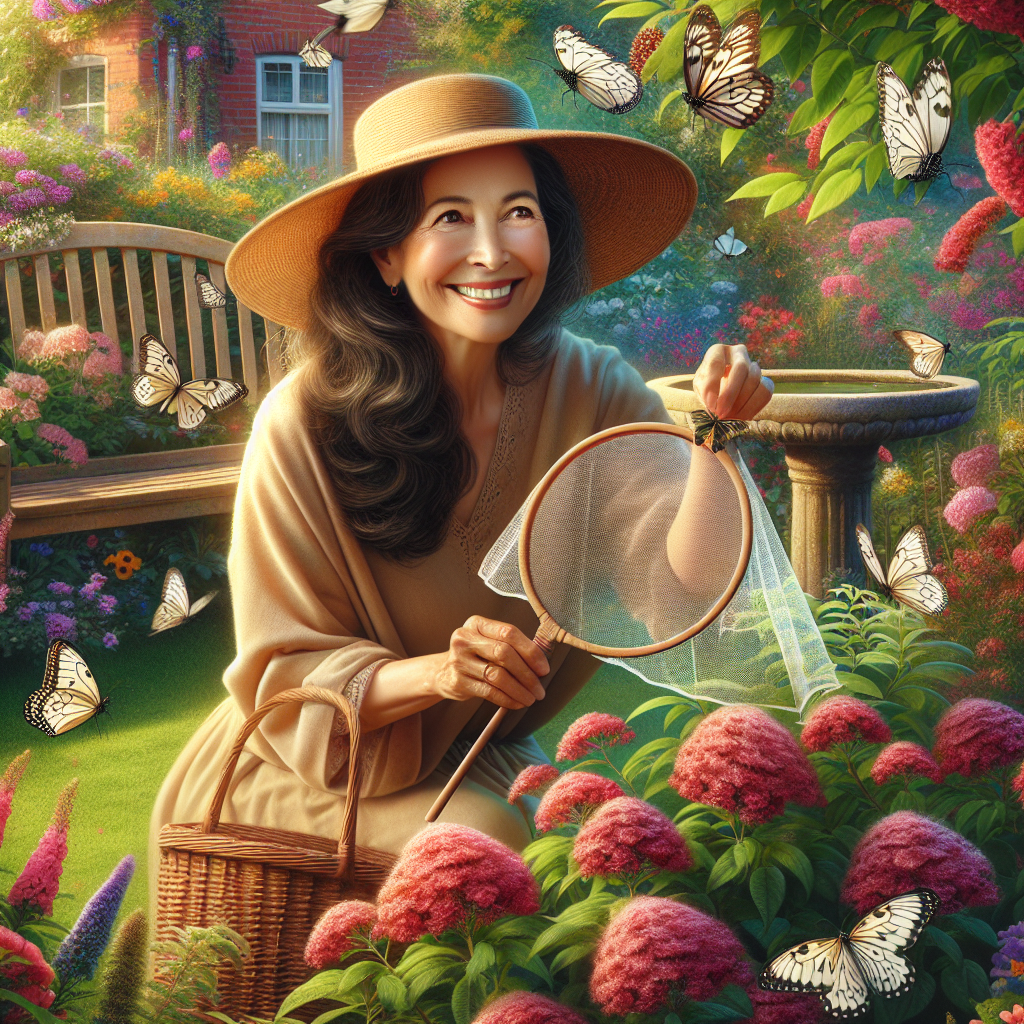Title: How to Create a Butterfly-Friendly Garden
Creating a butterfly-friendly garden is not only about adding a splash of color and life to your backyard; it’s also a step towards encouraging biodiversity and supporting the local ecosystem. Butterflies are not only beautiful to observe, but they are also important pollinators. By creating a space that attracts and supports these delicate creatures, you are contributing to the health of your local environment. In this blog, we will explore how to turn your garden into a butterfly haven.
Understanding Butterfly Habitats
Before you begin planning your butterfly garden, it’s essential to understand what butterflies are looking for in a habitat. They need resources to sustain them throughout their lifecycle, which means your garden should provide:
- Nectar sources for adult butterflies.
- Host plants for caterpillars.
- Sunny, open spaces for basking.
- Shelter from strong winds.
- Water sources.
According to the National Wildlife Federation, providing these necessities can turn your garden into a wildlife-friendly oasis.
Choosing the Right Plants
The first step in creating a butterfly-friendly garden is selecting the right plants. Butterflies are attracted to bright colors and sweet scents, which means flowering plants are your go-to. However, it’s not just any flowering plant that will do. Native plants are vital because they have co-evolved with local butterfly species and are most likely to provide the nectar and foliage that caterpillars need.
The Xerces Society for Invertebrate Conservation suggests a variety of native plants that support butterflies and caterpillars. Incorporate a mix of milkweed, lavender, and buddleia (also known as butterfly bush), as these are known to be butterfly favorites. Furthermore, consider adding herbs like dill, fennel, and parsley, which provide food for caterpillar species like the black swallowtail.
When selecting plants, aim for variety and a sequence of blooms to ensure that nectar is available throughout the growing season. A combination of annuals, perennials, shrubs, and trees will provide a succession of flowers.
Creating a Suitable Environment
Beyond plant selection, the physical layout and features of your garden play a significant role in its attractiveness to butterflies. Here are some key points to consider:
- Sun Exposure: Butterflies generally require sunny spaces to bask and warm their wings for flight, so ensure your garden has sunny, open areas.
-
Protection from Wind: Creating a windbreak with taller plants or structures can provide a safe environment for butterflies.
-
Water Sources: While butterflies do not need open water bodies, they do require moisture. Adding a shallow dish filled with damp sand or a puddle-stone can help meet their hydration needs.
-
Avoid Pesticides: Pesticides can be harmful to butterflies and other beneficial insects. Consider using natural pest control methods or accepting a certain level of plant damage in favor of a healthier ecosystem.
Engaging in Regular Maintenance
Maintaining your butterfly-friendly garden is critical for its success. Deadheading flowers encourages more blooms, while keeping the area free of debris helps reduce the risk of disease and pests. However, remember, some leaf litter and fallen branches can provide overwintering spots for butterflies and caterpillars, so a balance must be achieved between tidiness and a natural habitat.
Providing Shelter and Host Plants
Including plants that caterpillars feed on – often called host plants – ensures that butterflies can complete their life cycle in your garden. For example, monarch butterflies rely on milkweed to lay their eggs. Adding a range of host plants can support various butterfly species.
Consider building or purchasing a butterfly house, which can provide shelter for roosting butterflies. Although not all butterfly species will use these houses, they can add a charming touch to your garden while providing potential shelter. Gardener’s Supply Company offers a variety of butterfly houses that you can add to your garden.
Inviting Butterflies Practically
As you attract butterflies, you may also attract their predators. It’s a natural part of the ecosystem function, but you can also include plants that repel potential predators or provide cover for butterflies to escape to.
In conclusion, creating a butterfly-friendly garden is a fulfilling project that contributes to local wildlife and brings joy to any gardener. By considering the needs of butterflies at every stage of their life cycle, choosing the right plants, designing a suitable environment, and being mindful of maintenance, you can create a delightful garden that supports these beautiful pollinators.
Remember, your garden doesn’t have to be large to make a difference. Even a small space thoughtfully planted can become a haven for butterflies. By following these guidelines, not only will you enjoy the vivid colors and serene motion of butterflies, but you’ll also participate in a meaningful conservation effort.
Now, get your garden tools ready, plan your space, purchase your seeds or plants, and enjoy the process of creating a thriving butterfly-friendly garden. Happy gardening!

